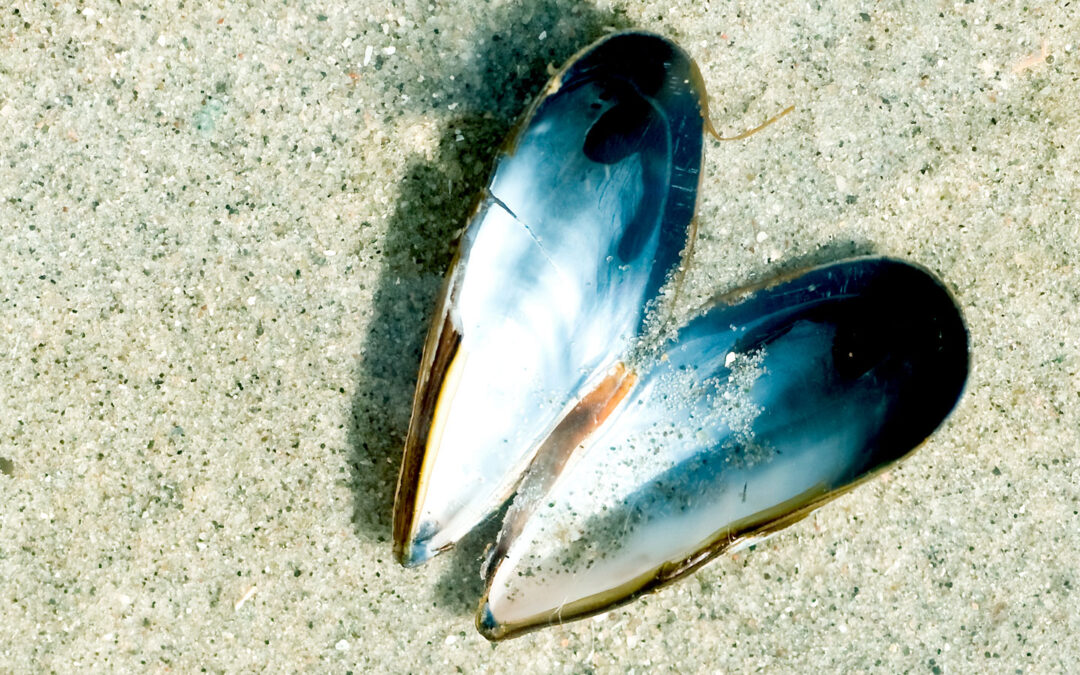Sodium Chloride, Optical White, LAS etc. Do you get confused when you look at the label of one of your household or personal care products? There are a lot of words, but what do they really mean? And what do we need to be particularly aware of in relation to allergies? We’ll give you a quick tour so you’ll be better prepared the next time you’re faced with complicated labels.
Allergens:
In a nutshell, allergens are substances that can cause allergies – something we all want to avoid. The word – and here’s where it can get confusing – is used as a generic term for a wide variety of substances that can be potentially allergenic in different ways. However, it is most often used to refer to perfumes.
Preservatives:
What are they? Preservatives are used to prevent microbiological growth – i.e. yeast, scale or bacteria – in a product, which can be anything from food to detergents, cosmetics and paints. Preservatives are biologically active and can therefore cause allergies, but the extent to which they do so varies widely.
LAS:
LAS stands for Linear Alkylbenzene Sulphonates and is a synthetic surfactant that reduces surface tension in e.g. washing powders. Due to poor biodegradation, LAS cannot be used in swan-labelled products.
Optical white:
Optical white is used in laundry powders and is a substance that binds to the textile and makes it appear whiter and clearer. Optical brighteners are bad for the environment and are unnecessary chemicals in relation to asthma and allergies.
Parabens:
Parabens are preservatives that have been used for many years. They are among the preservatives that have the least potential to cause allergies. Parabens have been suspected of being endocrine disruptors and therefore have a very bad reputation, which persists, although there is no longer cause for concern as, for example, methyl and ethyl parabens have been prohibited and the others regulated.
Polyethylene:
Polyethylene is the most widely used type of plastic, coming in many varieties and for many purposes. Some plastics are rigid, while others are more flexible. See more at: https://plast.dk/det-store-plastleksikon/polyethylen/. Some polyethylenes are used, for example, as scrubbing agents in personal care products.
Sodium Chloride:
Despite the long – and perhaps slightly toxic – name, Sodium Chloride is something as simple as… salt.
It’s no wonder that confusion can be rife with many words and terms to deal with, but if you’re in any doubt as to whether the product you’re holding in your hands is the best for you, your family and the environment – our advice is to look at the label for one or more of the official eco-labels.

